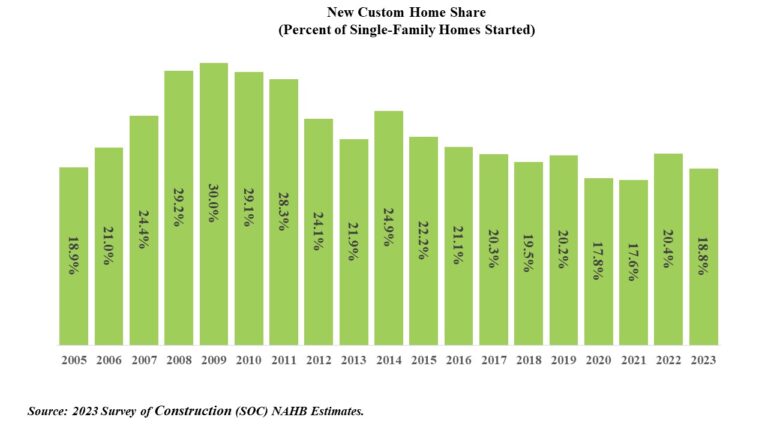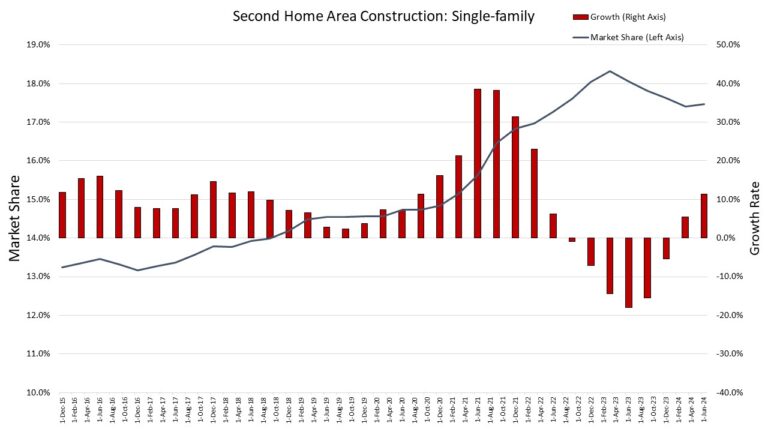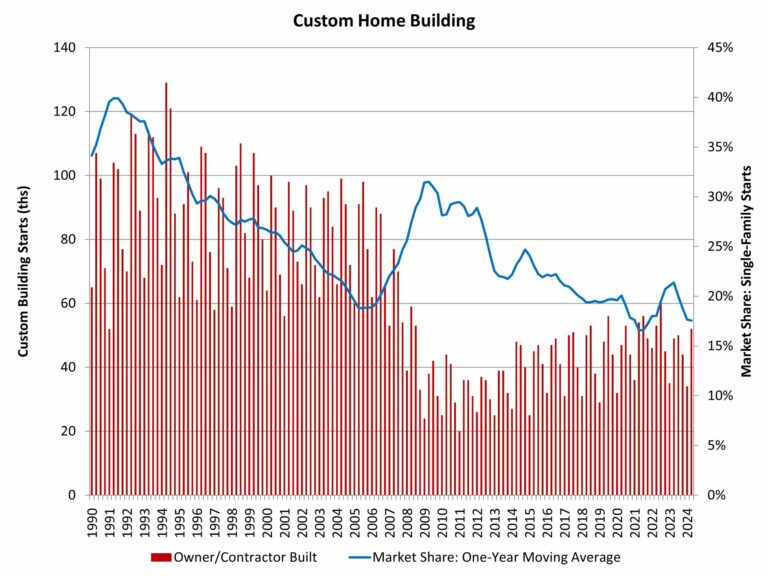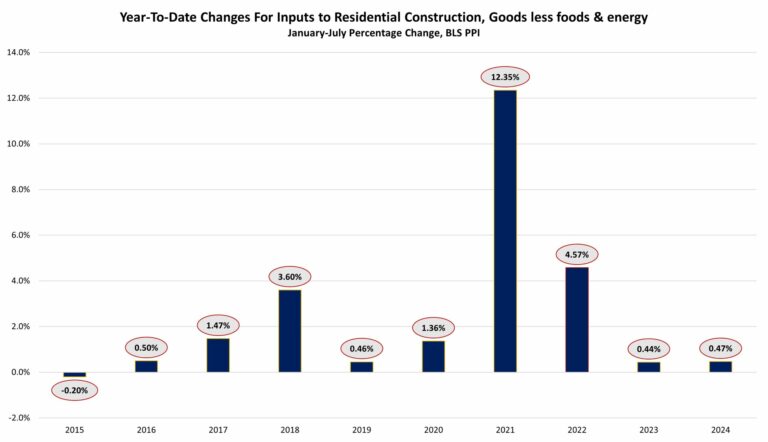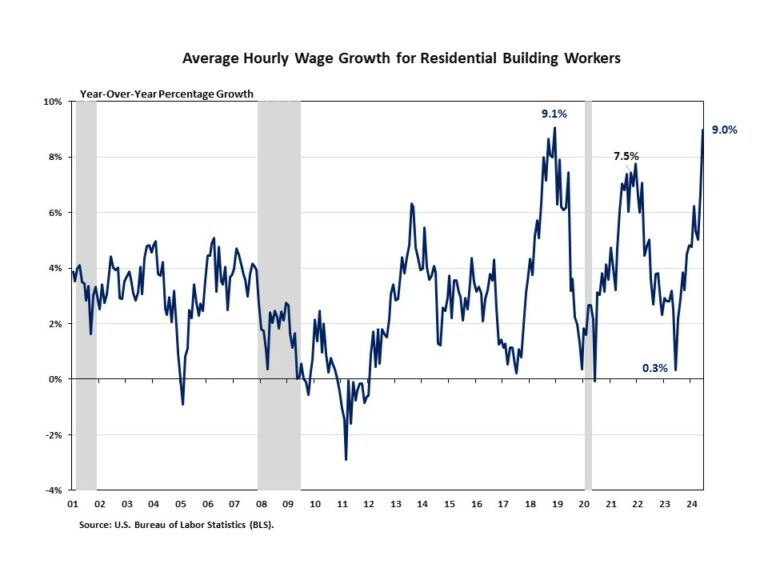Approximately 27% of the national housing stock consists of multifamily homes—defined as residential buildings with multiple separate housing units within one structure. According to the 2023 American Community Survey 1-year estimates, these units range from small duplexes, triplexes, and quadplexes (2 to 4 units) to medium-sized buildings (5 to 49 units) and large complexes (50 or more units).
While most congressional districts have multifamily housing shares between 10% to 20% of total housing units, this proportion varies widely, from as low as 8% to as high as 98%. The map below illustrates the distribution of multifamily housing stock across congressional districts with larger shares indicated by bigger bubble size. This visualization shows that districts with the largest share of multifamily units are, unsurprisingly, concentrated in densely populated urban areas.
New York leads in this regard, with its 12th and 13th Districts – both encompassing upper and midtown Manhattan – having almost exclusively multifamily units at 98% each. In fact, eight out of the top 10 districts with the largest share of multifamily housing are in New York. Other areas with large shares include New Jersey’s 8th District, also within the New York metropolitan area, and Massachusetts’s 7th District that includes Boston. At the lower end of the distribution, North Carolina’s 8th District has only 8% multifamily units, while Michigan’s 2nd and 9th Districts, Arizona’s 9th District, and Florida’s 12th District all have around 9% multifamily units.
Building Sizes in Multifamily Units
In most congressional districts, multifamily units tend to be on the smaller side, with the majority consisting of buildings with 5 to 19 units, followed by those with 2 to 4 units. Duplexes, triplexes, and quadplexes (2 to 4 units) are especially common in the Northeast, various Mountain states, and parts of California. Apart from Illinois’s 4th District, which has the highest share of small multifamily units (70%), the remaining top five districts with the largest shares of 2 to 4 unit buildings are all in New York, each exceeding 60%.
Buildings with 5 to 19 units are more prevalent across the South and Midwest, with Maryland’s 2nd, 3rd and 4th Districts owning majority shares of this building type with 59%, 62% and 61%, respectively. High-density areas like New York’s 12th District, Florida’s 27th District – located within Miami-Dade County – and Washington, D.C. (at large), tend to have the largest multifamily (50 or more) buildings. North Dakota (at large) and Minnesota’s 6th District stand out as the only two congressional districts where the majority of multifamily buildings have between 20 to 49 multifamily units.
Gross Median Rent and Renter Cost Burden
Multifamily units are predominantly rented rather than owned, with 86% being occupied by renters. This trend holds across all multifamily types, with larger buildings generally more likely to be rental properties, while condominiums (owner-occupied units) are often smaller buildings. A Fannie Mae study on the multifamily market found that larger properties typically command higher monthly rents, especially in major metropolitan areas. The chart below corroborates this, showing that districts with higher shares of large multifamily buildings (50 or more units) also have higher median monthly rents (including utilities and fuel). However, lower median rents don’t always equate to more affordability, as even low-rent areas can have high renter cost burdens due to lower income levels. For example, New York’s 12th District has the highest median rent at $3,121, with 43% of renters burdened (spending over 30% of income on housing costs), a rate matched by Kentucky’s 5th District, where the median rent is only $727. Overall, despite rent prices moderating (see Real Rent Index), rental cost burdens remain high across the country, with only 23 of 436 congressional districts (including D.C.) having fewer than 40% of renter households burdened by housing costs.
Additional housing data for your congressional district are provided by the US Census Bureau here.
Discover more from Eye On Housing
Subscribe to get the latest posts sent to your email.
This article was originally published by a eyeonhousing.org . Read the Original article here. .

